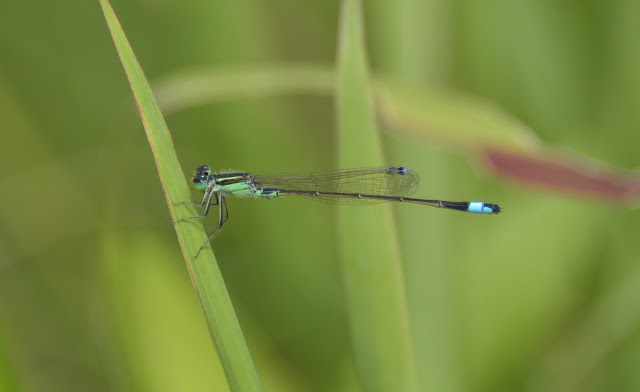The Bull-headed Shrikes, モズ had returned and 6 birds were seen and heard.
Of the 14 species of birds the Little Grebes stole the show with 5 chicks!
FLOWERS etc
Orange Ginger Lily, (Nikuiroshukush) ニクイロシュクシャ
Large Forest Ghost Flowerr, (Onanbangiseru) オオ ナンバンギセル
Great Burnet, (Waremoko) ワレモコウ
Nosasage, ノササゲ
fruit
and flower
Tankiri mame, タンキリマメ
The
Japanese name apparently means killing phlegm, but an interesting article at Useful
Tropical Plants’ homepage suggested it killed sperm and could be used as an
effective and safe contraception! Is it Tankirimame タンキリマメ or Tokirimameトキリマメ?
Kitsune no mago, キツネノマゴ
–
a kind of Water Willow
Young and still green, Sanekazura or Binankazura, サネカズラ ビナンカズラ
Udo, ウド also known as Mountain Asparagus
Hiyodorijoogo, ヒヨドリジョウゴ
-
kind of Nightshade
??? Umatsunagi kusa ウマツナギ???
Correction: アレチヌスビトハギ (Arechinusubitohagi) which is native to NE America, where it's called Panicledleaf Tricklefoil
Correction: アレチヌスビトハギ (Arechinusubitohagi) which is native to NE America, where it's called Panicledleaf Tricklefoil
Nusubitohagi, ヌスビトハギ The seed have the shape of thief’s footprints, hence the Japanese name
Fruit of Harlequin Glorybower, (Kusagi no mi) クサギノミ
INSECTS etc
Chinese Bushbrown, ヒメジャノメ
Japanese Oakblue, ムラサキシジミ
Pallas’ Sailer or Common Glider, (Komisuji) コミスジ
Oriental Longheaded Grasshopper, (Shoryobatta) ショウリョウバッタ
One of Japanese Rice Grasshoppers: Hanenagainago, ハネナガイナゴ
Juvenile Inago locusts, イナゴ
Common Bluetail, (Aomon Itotombo) アオモンイトトンボ
Below a caterpillar of a moth. Could it be the Ookimadara Meiga Moth we saw on the same plant?
Ookimadara Meiga, オオキマダラメイガ
I learn a lot on these walks with Fukuoka's nature experts. This for example is the shedded skin of a spider. The spider is not there, it's not a dead spider either. クモのヌケガラ
But it seems to have eyes!
Small male Rhinoceros Beetle, (Kabutomushi) カブトムシ
Larva of Prominent moth, シャチホコガの幼虫 (shachihokoga no yochu)
Siebold’s Globular Snail, (Usukawa Maimai) ウスカワマイマイ
Peacock Pansy, (Tateha Modoki) タテハモドキ
Stinging Nettle Caterpillar Iraga, イラガ
Extremely beautiful up close. But comes with a warning: extremely painful when stabbed!
And when I went back for another look I saw another one:
Blue-striped Nettle Caterpillar, ヒロヘリアオイラガ
Don't have any names for fungi, just pretty images. This one is pink
Grass Lizard, (Nihon Kanahebi), ニホンカナヘビ














































No comments:
Post a Comment